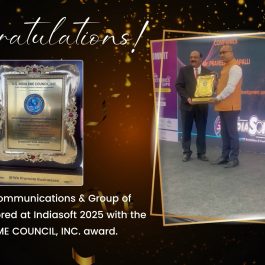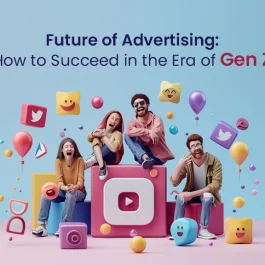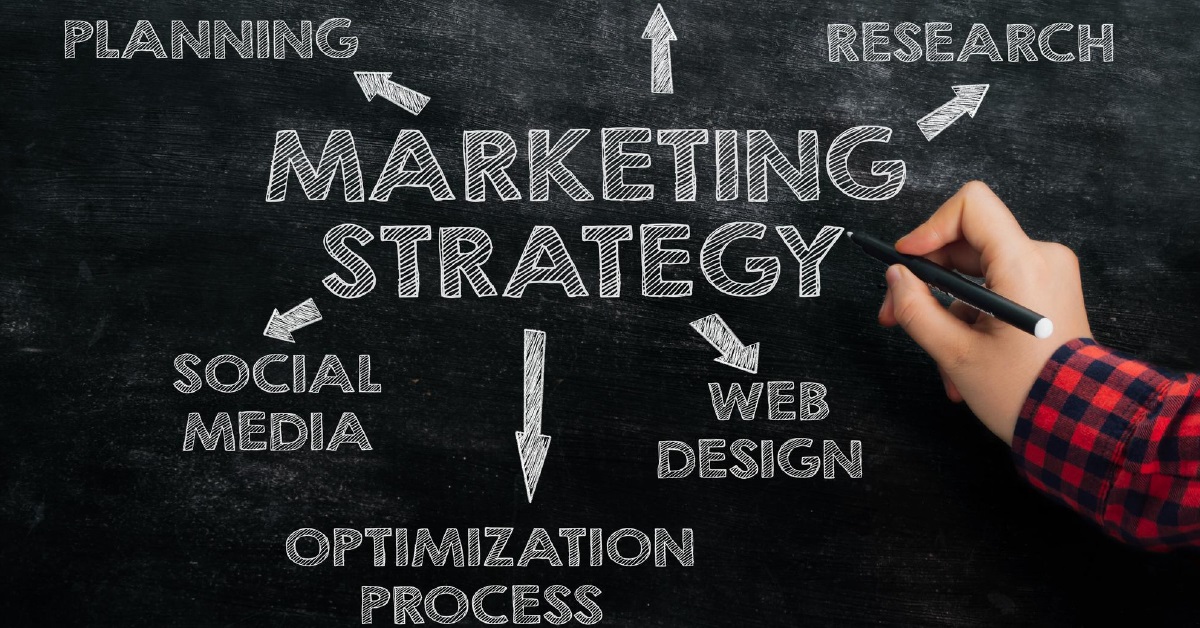5 min read

A company’s visibility, website traffic, sales, and customer engagement can all be improved with the help of web design and digital marketing. When properly integrated, these two approaches produce a remarkable portfolio of tools that companies can utilize to accomplish their objectives.
Companies can interact with customers in real time by combining web design and digital marketing, which is one of the biggest advantages.
By utilizing web design and digital marketing strategies like SEO and content marketing, companies can develop captivating websites that encourage consistent customer interaction. Since customers are more likely to stick with a business when they feel comfortable doing so, this kind of engagement fosters trust between the company and its prospective or current customers.
Table of Contents
What is the Definition of Website Design?
Web design is the process of creating a website that users can view and interact with on the internet. It includes a wide range of disciplines, including digital marketing, search engine optimization, interface design, graphic design, and user experience design (UX and UI).
To build aesthetically pleasing, user-friendly, and search-engine-optimized websites, web designers employ a variety of tools. When creating a website, they should take the user’s experience into account and include things like page layout, navigation, color scheme, and content to make sure that visitors have a positive experience.
In order to make sure their websites are visible online and draw in visitors, web designers also need to be aware of the latest developments in digital marketing.
What is the Definition of Digital Marketing?
Digital marketing refers to a type of advertising where prospective clients are reached through online channels. Digital marketing, which enables businesses to effectively and economically engage with their target audience, has become a crucial component of any business strategy with the development of technology.
All of the following are fundamental components of digital marketing: website design, social media management, pay-per-click (PPC) advertising, SEO, and content creation.
Businesses can establish an online presence by using landing pages and websites designed by web designers. Through the optimization of business website-related keywords, search engine visibility is increased through SEO. The purpose of PPC ads is to send visitors back to the website. Concurrently, content creation entails writing blog entries and other types of content that can be distributed via social media and other platforms.
How Do they Coordinate with Each Other?
What is the connection between digital marketing and web design? Nowadays, many companies understand how important it is to have a strong online presence in order to outperform their rivals.
Nonetheless, the joint efforts of digital marketers and web designers, each of whom brings something special and necessary to the table, are crucial to success in this field.
Creating visually appealing websites that leave a positive first impression on visitors is the responsibility of web designers. To build user-friendly web pages, they utilize the coding languages HTML and CSS. Digital marketers employ a range of strategies, including PPC (Pay-Per-Click) campaigns and website SEO services (search engine optimization), to increase website traffic, improve visibility on search engines like Google and Bing, and increase visitor conversions into customers.
Advantages of the Pairing
The foundation of digital marketing is a website! Businesses can gain a great deal from combining digital marketing with website design. A well-designed website can draw in visitors and successfully advertise the goods and services of a business.
Businesses can leverage the newest technology to reach their target audiences by combining web design with digital marketing components like social media, email campaigns, mobile optimization, content creation, and professional search engine optimization service (SEO).
Best coding practices and an understanding of user experience (UX) principles are necessary for effective web design. Businesses can maximize the potential of their websites by reaching more customers when they combine them with digital marketing initiatives like search engine optimization (SEO), content creation, social media campaigns, and email outreach programs that are customized to the needs and preferences of a particular audience.
Obstacles to Take Into Account
Establishing a prosperous digital footprint for any enterprise is a progressively intricate undertaking.
Choosing the right web design and digital marketing strategy is crucial for reaching customers and building brand awareness. When organizing a digital marketing or web design strategy, there are various obstacles to take into account.
The first thing to think about is figuring out who your target audience is for your website or digital marketing initiatives. To effectively engage potential customers or clients, different platforms, audiences, and geographic locations might need different approaches. Prior to devoting time or resources to content creation for those platforms, it is imperative to ascertain which platforms best align with your objectives.
One additional factor to take into account is the competition present in the online arena. Producing distinctive content that stands out from the competition and appeals to customers is crucial because many businesses are fighting for customers’ attention on the same platform.
How Web Design Supports Digital Marketing
One important tool that marketers today have that those in the past did not have is the internet: the internet. The emergence of digital marketing services during the digital age led to the development of this powerful subset of the industry.
Web Design Influences Digital Marketing in Various ways, Including:
Enhancing the Brand’s Identity
A strong brand identity and an efficient brand design process are the foundations of every successful business, and talented graphic designers create these. The web designer transforms the name, logo, color scheme, and overall visual content aesthetic that the company has decided upon to form its identity into a design that aims to produce a consistent and memorable user experience (UX). The outcome? Enhanced consumer loyalty, brand awareness, and company expansion.
Enhancing the User Interface
Beyond just producing a memorable and consistent user experience, web design is essential to making a website that is user-friendly, interesting, and productive. If a page is difficult to navigate or behaves strangely, users may leave quickly. It is common knowledge that unreadable fonts, poorly contrasted color schemes, and inadequate device optimization drive away visitors.
A website that is scalable, accessible, and responsive demonstrates your dedication to giving every user a satisfying experience. It demonstrates that you respect the needs and preferences of your audience and are prepared to invest in their satisfaction, strengthening the favorable perception of your brand and bolstering your marketing efforts. Integrating functionality and design prioritizes your brand and business, hopefully bringing you new clients.
Assisting with Omnichannel Marketing Initiatives
Today, most companies use omnichannel marketing to connect with clients wherever they are. Advertisements on podcasts, billboards, emails, texts, or even banners following a low-flying aircraft could be used. Every channel must deliver a consistent message in a manner appropriate for the format.
Social media marketing-driven omnichannel campaigns purposefully modify their content for each platform.
The website helps these campaigns by ensuring that users have a seamless and engaging experience that encourages them to move forward in the buyer’s journey. Web design must strive to keep visitors moving forward by providing a convincing, captivating, and frustration-free user experience because it is frequently the last stop before the final purchase.
Taking Advantage of SEO
Making your website search engine friendly, also known as search engine optimization or SEO, is one of the best methods to draw potential clients’ attention to your offerings.
To find the terms and phrases your target audience uses when looking for goods, services, or information relevant to your website, conduct keyword research before doing any other SEO. You can find keywords that inform search engines about the subject matter of your website by using keyword research tools like Google Keyword Planner, examining competitor websites, and analyzing search engine results pages (SERPs).
When developed correctly, a website can boost your digital marketing efforts and be a significant source of organic traffic. For more thorough instructions, see our marketer’s guide to SEO.
Final Thoughts
Digital marketing and web design work well together. Digital marketing enables companies to reach their ideal customers and promote their goods and services, while web design offers the visual appeal required to attract clients. When combined, they provide a strong online presence that can increase sales and brand recognition. For companies trying to gain traction online, investing in digital marketing and web design at the same time is a great choice.
Published: December 5th, 2023








